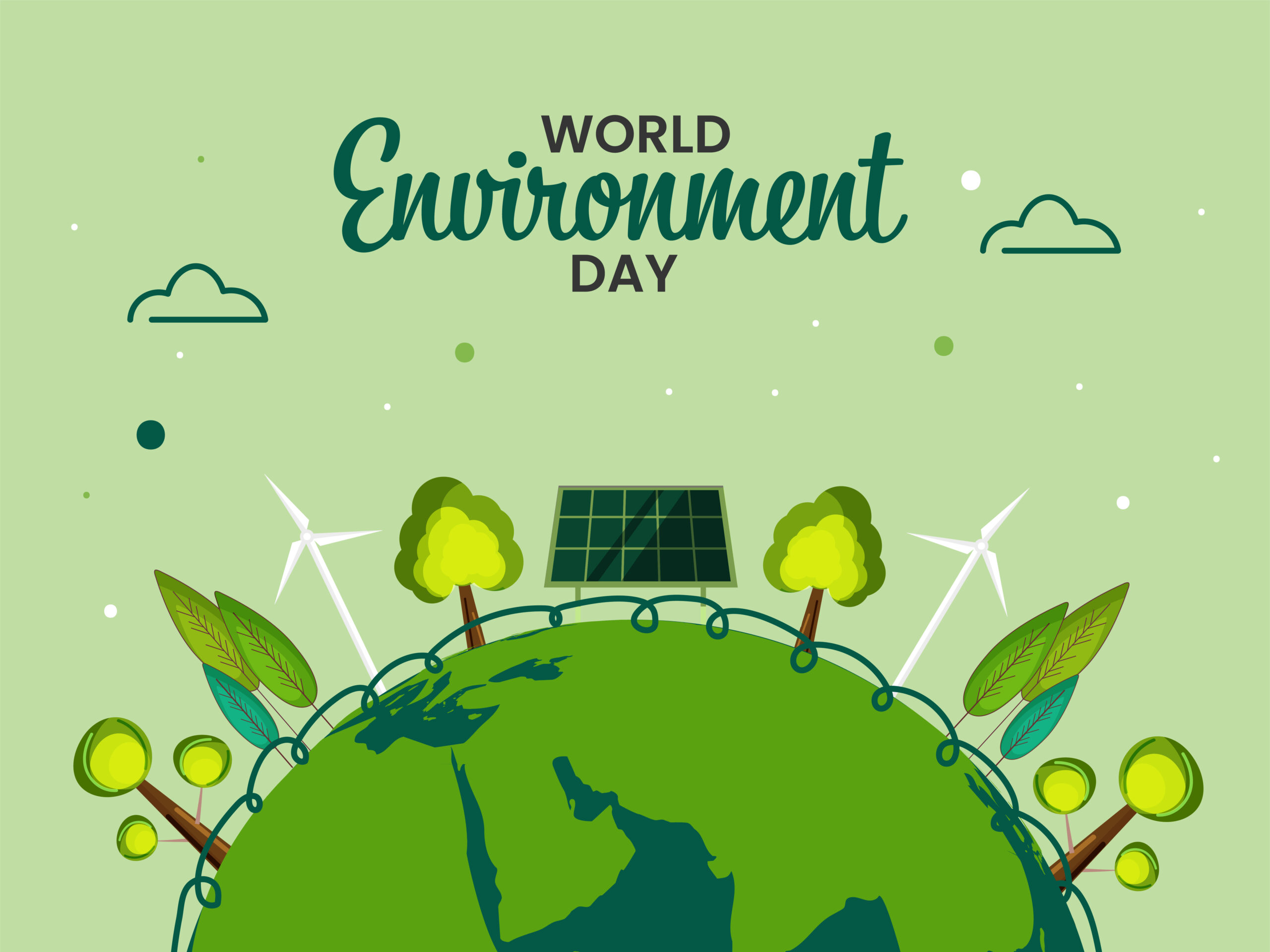This Monday is one of our favorite holidays, World Environment Day. The basic idea behind the celebration is to raise awareness and, hopefully, stimulate action in the fight to mitigate climate change and protect the environment. Virtual Peaker was founded on a simple idea: everyone needs energy, so how can we help utilities everywhere decarbonize? As you might expect, we have a few ideas for how utilities anywhere can decentralize, digitize, and decarbonize. Read a few simple tricks that will help decrease energy spending during peak demand hours, enhance grid resiliency, and improve customer satisfaction.
The History of World Environment Day
World Environment Day was established in 1972, with the first recognized celebration the very next year. An awareness campaign, the holiday is marked by events in sponsoring cities, like the Stockholm Conference on Human Environment, A Tree For Peace, or Beat Air Pollution. Studies indicate that not only are increasingly younger generations invested in climate change and environmental advocacy, but around the world, people are willing to make a change to help minimize climate change. The good news: from the Inflation Reduction Act to the increases in electric vehicle (EV) manufacturing in the U.S., climate change advocacy can and has made a difference.
Unfortunately, the volume of climate change misinformation slows progress on environmental issues. Fortunately, utility program managers can advocate for the green technologies needed to decarbonize, strengthen grid resiliency, and lower costly energy spending during peak times of consumption. In keeping with our celebratory spirit today, let’s look at some of these programs and how utilities can help make a difference.
Demand Response Programs
For more than four decades, demand response has proven an effective strategy to minimize usage during peak demand. A conservation effort, demand response employs WiFi-connected technologies like thermostats or water heaters to minimize usage during periods of high demand. In action, that means that customers are called upon to reconsider their behaviors during time frames where energy consumption is high, which in turn frees up more resources for non-participants and beyond.
Demand response programs are one of many demand flexibility initiatives designed to curb or redirect usage. These programs are easily scalable to match public interest, and, with a few simple tips, simple enough to get started with a pilot. In fact, research indicates that not only are most people willing to participate in direct interventions to mitigate climate change, but they’re willing to take steps to decarbonize by 2050 alongside international objectives. In this case, giving the people what they want can result in a more secure, affordable, and sustainable grid.
Managed Charging
As mentioned, there are more EVs on the road now than ever before, and that number will only continue to rise. As one of many types of distributed energy resources (DERs), EVs offer utilities with fresh, untapped potential to decarbonize, lower costs, and keep the lights on. Through managed charging or vehicle-to-grid (V2G) charging strategies, utilities can better manage an increasingly large volume of demand. Likewise, EV telematics—an onboard device in EVs that transmits usage data—is a useful data analytics tool that can help inform charging strategies for utility program managers… and it’s already available in new cars!
Virtual Power Plants
More than a buzzword, virtual power plants are an exciting application of DER technologies. As one more tool to help utilities decarbonize, a virtual power plant pulls from existing, community-generated electricity, whether from solar, battery storage, or beyond. Similar to V2G charging functionality, virtual power plants are controlled by a distributed energy resource management system (DERMS) and offer a reciprocal exchange of power between any stored or excess energy generated by prosumers to resupply the grid during peak times of demand. Because more consumers are adopting solar panels every day, virtual power plants provide great opportunities for utilities to find the cheapest means of preventing outages and lowering rates.
Demand Forecasting
While this may not seem like the most direct path to decarbonize, demand forecasting is a useful tool in strategizing for today and tomorrow. Using real-time and historical data, a demand forecasting tool can help program managers better realize their impending energy needs, lowering dependence on costly energy market spending and enhancing grid security.
World Environment Day Tips To Help You Decarbonize Conclusion
Remember, not only is customer action to mitigate climate change necessary, but in all likelihood, it’s what customers want. Beyond just the health and ethical concerns posed by climate change, the cost of inaction is staggering and leads to much bigger global financial concerns. For example, the extreme weather events powered by climate change cost the U.S. $165 billion in 2022. Taking steps to decarbonize now can help increase energy security, lower rates, and enhance customer satisfaction. Can you think of a better way to celebrate World Environment Day?





